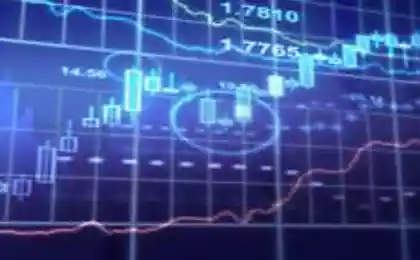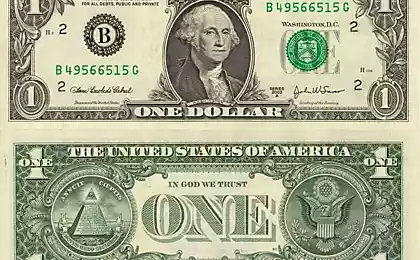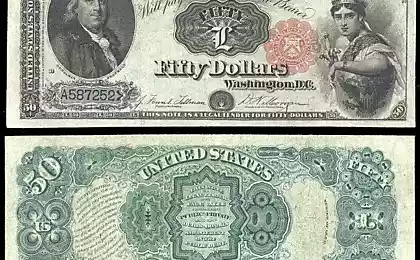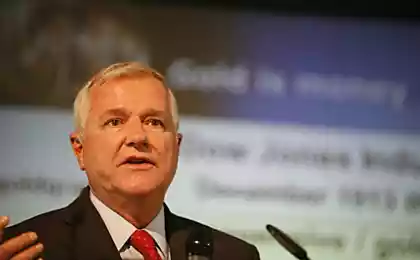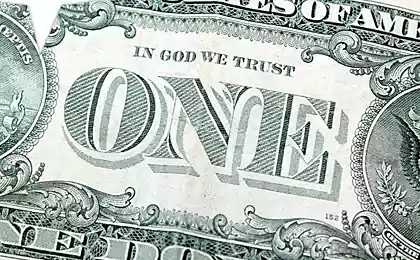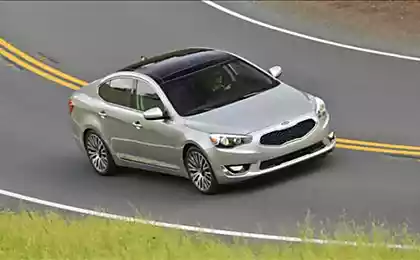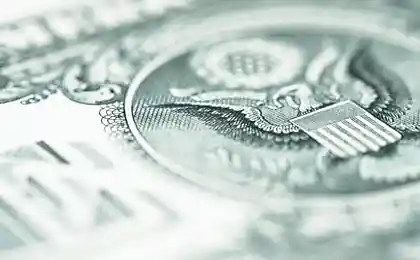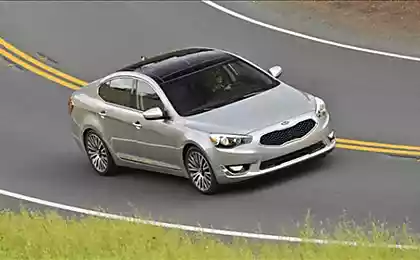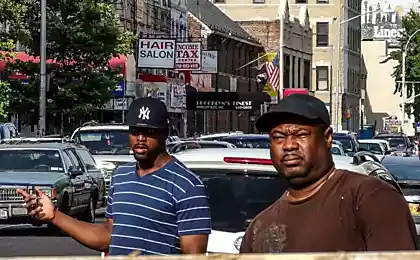1083
Usd
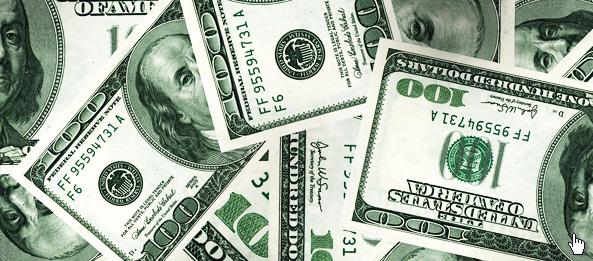
In the US, cash comes in the form of paper money printed by the Bureau of Engraving and Printing (Bureau of Engraving and Printing, or BEP), and metal coins minted by the Mint (US Mint). Over the past two centuries, American money has undergone many changes, and that cash, which was used by the Americans in 1700, is very different from today's. Offer you 10 interesting facts about the past and present US currency.
How many lives denomination?
Shelf life of the bill depends on its value. According to the US Bureau of Engraving and Printing, the timing for the various denominations are on average:
$ 1 - 22 months;
$ 5 - 16 months;
$ 10 - 18 months;
$ 20 - 24 months;
$ 50 - 55 months;
$ 100 - 89 months.
Worn banknotes withdrawn from circulation and replaced by new ones. At the same coin can serve an average of about 25 years.
What percentage of dollar bills in the overall money supply?
Denominations of $ 1 up slightly less than half of all bank notes issued by the Bureau of Engraving and Printing. For example, in 2009 there were 42, 3% of the total.
Whether printed portraits African Americans in the US?
On dollar bills image of famous African Americans did not appear even once, but in 1940 it was coined a few commemorative coins, which were portraits of black men of science, culture and sports. In particular, these are two of Washington (not to be confused with the first President USA) - biologist George Washington Carver and Booker T. Washington politician. A little later, a collection of similar coins with the image enlarged copy of the baseball player Jackie Robinson. On paper money, however, there are signatures four black employees of the Office of the US Treasury - Blanche K. Bruce Judson W. Lyons, William T. Vernon and James C. Napier, as well as African American Azie Taylor Morton, who served as state treasurer in 1977-1981 years.
What was the biggest bill?
The largest denomination was released in the United States in 1934 and had a nominal value of 100 thousand. Dollars. In fact, it was a gold certificate and was designed for internal settlement between the banks of the Federal Reserve System, and not for public payments. On the bill was portrayed the 28th president of the United States Woodrow Wilson, the owner of the White House in the years 1913-1921.
What is the width America in cents?
Coin one cent, lined in a row the length of 1 mile (approximately 1, 6 km), make up the total amount of 844, 80 dollars. Thus, the width of the United States from coast to coast - 2, $ 5 million in cents.
What does the inscription E Pluribus Unum?
According to the explanations of the Federal Reserve Bank of San Francisco, the motto E Pluribus Unum (translated from the Latin - "One of the many"), who minted coins in almost all in America, and is also featured on the state seal, its history goes back to the days of the Civil War USA. At the time, the move was the motto Exitus in Dubio Est, which is Latin for "The result is in doubt." This motto appeared leaders of the struggle for independence to John Adams, Benjamin Franklin and Thomas Jefferson too pessimistic, and they suggested current, which appeared on the state seal US in 1782. However, in the words of American coins were first minted only in 1902.
Where did the "eye in the triangle»?
The so-called "all-seeing eye" on top of the pyramid shown in US bills, symbolizes Divine Providence. However, at the time of selecting a character that was not the only option - including proposals were the children of Israel wandered in the wilderness.
Which paper do dollars?
US paper money is actually not paper. They are made of a material consisting of 75% cotton, 25% - of thin linen and silk fibers penetrated. If the dollar were in fact paper, then forgotten in the pockets of jeans bills would not survive a single machine washable.
How strong bill?
Anything can happen (see. Above about the jeans). However, dollars are made so as to survive the many trials. According to the US Bureau of Engraving and Printing, notes can withstand up to 4 thousand. Flexions before tear.
Loses if torn banknote their value?
Bureau of Engraving and Printing makes clear that all partially or totally damaged banknotes to be free exchange. Every year the US Treasury receives around 30 thousand. Requests for exchange such notes and gives in return for a total of more than $ 30 million. Before the exchange of notes undergo appropriate examination.






